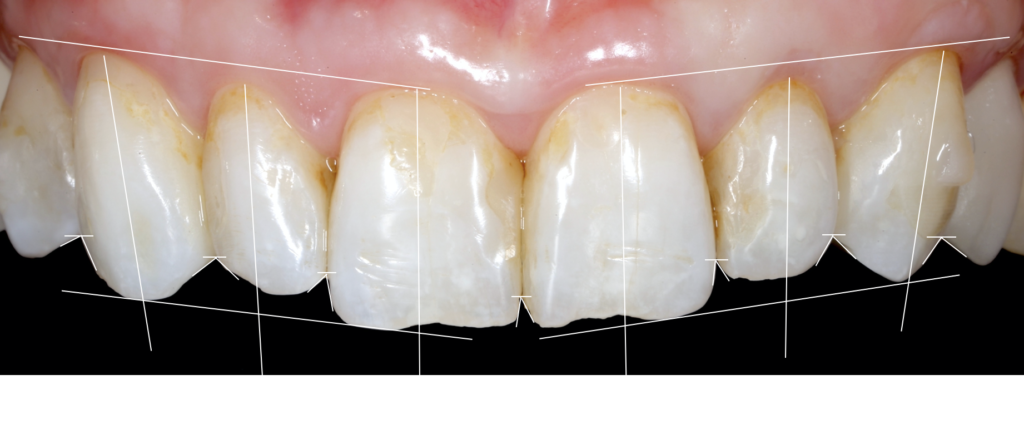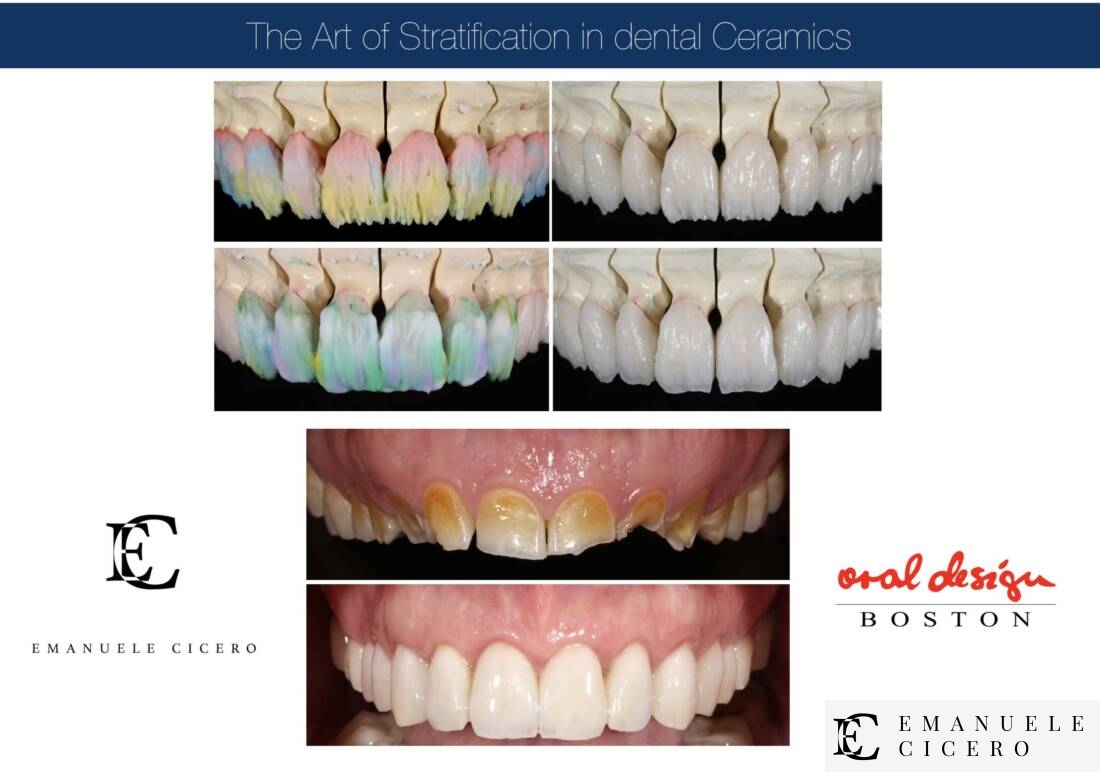What are dental veneers: how do they work, advantages, disadvantages, duration
When having dental veneers can really change your smile!
Henry Miller once said, “The best way to show off your teeth is with a smile”, how can you blame him? A periodic appointment with the dentist is an important and necessary ritual that allows us to identify problems on time and give new light to our teeth.
One of the secret weapons that dentists have to improve your smile are ceramic dental veneers, which are applied on the visible surface of the tooth improving its shape, color and position.
A simple, painless and above all long-lasting treatment.
It is important to distinguish veneers from braces, the former correct anomalies in the shape and color of the tooth while the latter corrects the position of teeth and cannot change their shape or color.
Now you may ask yourself, how many veneers can be placed? Specialists usually intervene on the single problem, if the defect concerns a single tooth then only one veneer will be inserted. Usually, in order to improve aesthetics it is advisable to place a total of 6 veneers from canine to canine or a total of 8 veneers from premolar to premolar in the upper arch.
As mentioned, this treatment is simple if done precisely and does not cause any problems.
The treatment consists in a few main phases:
– The dentist will analyze your smile and try to understand if veneers are the answer to your problems
– The specialist begins to prepare the area where the veneers should be applied, everything is cleaned and polished.
Before proceeding to the final positioning of the veneers there are some mandatory steps that guarantee an excellent final result of the treatment.
- First appointment: the dentist takes X-rays, intra-oral and extra-oral examination and intra- oral and extra-oral photographs. The dentist will be available for any doubts and / or questions, and will explain the phases of treatment. He will then take the impression for the wax design.
- Second appointment: the veneer design is carefully evaluated by both specialist and patient, the dentist starts to work on the tooth structure and its preparation. He then places the provisionals and evaluates the results (provisional teeth will be placed in order to have an idea of the final aesthetic outcome).
- Third appointment: Finally the dental veneers are positioned. Initially temporary cement is placed for a preview. Once the client is fully satisfied with the result, the dentist will proceed with the final cementation of the restorations.
It seems like a breeze, but believe us it is not. Let’s see all the aspects that can lead to generating doubts in the patient before proceeding with the aesthetic treatment:
Let’s imagine the scenario if you were to see the dentist and wonder: “How will the dentist apply the veneer?”, it all starts with an adhesive process that involves the preparation of the tooth and a specific treatment of the veneer surface.
Veneers do not require special maintenance: it is enough to have adequate oral hygiene: brush your teeth after meals, floss and have a professional dental cleaning every 6 months.

Before

After
A small thing to keep in mind is that if you are no longer satisfied with the color of your old dental veneers, they cannot be whitened, but they can easily be replaced with new ones in order to obtain the desired chromatic effect.
Some dental veneers do not require preparation (filing your teeth): this is the case in which there is already sufficient prosthetic space. An eventuality that often concerns teeth tilted towards the inside of the mouth.
Veneers can also be a remedy for broken teeth, in this case the missing part is reconstructed and its natural shape is restored.
As a specialist, one knows that each mouth has its own characteristics, but how to respond promptly to all different needs and still obtain an excellent feedback? Imagine the case of a patient with crooked teeth, would applying veneers be the right path? It depends on the doctor’s evaluation, if he deems orthodontic treatment unnecessary and there is no severe dental malposition then veneers can be surely used.
Another doubt that patients often have is whether veneers can generate chewing problems, in this case it is important to emphasize that veneers are applied on the buccal surface of the tooth and not on the occlusal one, therefore the chewing function is not altered.
A small gossip: did you know that most Hollywood actors use dental veneers? That’s why VIPs always appear with top smiles in magazines and online photos arousing admiration.
Now, let’s have a quick chat with Emanuele Cicero, our specialist, in order to deepen: costs, application times, duration and above all how this remedy fits into everyday life.
How much do dental veneers cost?
The cost of veneers depends on factors such as the material that is used to make them. The best material is layered feldspathic ceramic. This layered ceramic is handcrafted by the dental technician who is the one who manually performs the layering and firing of the ceramic until the desired shape and color is obtained. A true artist.
Veneers that are hand-made in this way have a more natural appearance. Master dental ceramists in fact can replicate the translucency of natural teeth and individualize it for impeach patient.
However, dental veneers can also be made with other materials such as lithium disilicate and composite resins.
When are dental veneers more effective?
Dental veneers can be applied on: dark, stained, hypocalcified teeth, to correct dental diastemas, teeth with morphological anomalies (conoid teeth), fractured teeth, teeth positioned lingually or misaligned.
How long do dental veneers last?
Duration is closely linked to the attention that each specialist pays to detail, especially regarding:
- The conservative preparation of the teeth (preserving the greatest amount of dental enamel possible)
- The correct selection of materials and ceramics
- Attention to the finishing and polishing of the restorations
- An excellent planning regarding the maintenance of the restorations
- The durability of the veneers depends on both the material and the techniques used for the cementation
Broken Tooth: Veneers or reconstruction with composite resins?
It is not recommended to reconstruct a fracture with composite resins: it is a material that has no long-term stability and changes color over time. If you want to achieve a long-lasting result, ceramic restorations are always to be preferred. If the fracture is significant then it is better to use a crown instead of the dental veneer .
Is it possible to drink coffee with dental veneers?
Yes of course, the golden rule is always to maintain proper oral hygiene.
Is it possible to smoke with dental veneers?
It is possible to smoke with dental veneers, however it is scientifically proven that there are substances such as dyes inherent in soft drinks and smoke that can contribute to deteriorate the color of the veneer like natural teeth. Therefore, if you want to preserve the color of the veneers for as long as possible, (as indeed of the teeth in general), smoking is always not recommended.
We hope that this in-depth analysis has given you the right amount of confidence to go to your trusted dentist, evaluate the amount of dental veneers to apply and proceed with treatment. A few steps, a short time and a phenomenal smile.


